Vital signs are a set of physical elements, chemical elements, biological elements, or processes that occur within park ecosystems. They are selected to represent the overall health or condition of park resources, effects of stressors, or elements that have important human values. Broadly speaking, park vital signs may include:
- Water
- Air
- Geologic resources
- Plants and animals, and
- Various ecological, biological, and physical processes that act on those resources.
By monitoring vital signs over the long term, the Cumberland Piedmont Network and park staff can determine if significant changes have occurred and can begin to understand why. Such knowledge is essential for meeting the NPS mission of preserving park resources "unimpaired for future generations."
In situations where natural areas have been so highly altered that normal processes no longer operate, monitoring can also help natural resource managers develop the most effective approach to restoration or ecologically sound management.
The Cumberland Piedmont Network Monitoring Plan provides a detailed description of the strategy for monitoring these vital signs.
Vital Signs
-
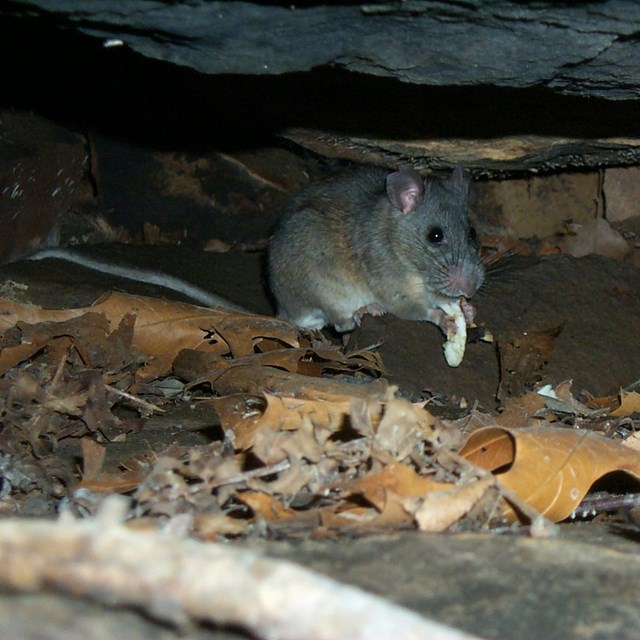 Allegheny Woodrat Monitoring
Allegheny Woodrat MonitoringAllegheny woodrats are good indicators of the condition of a park's surface and cave ecosystems.
-
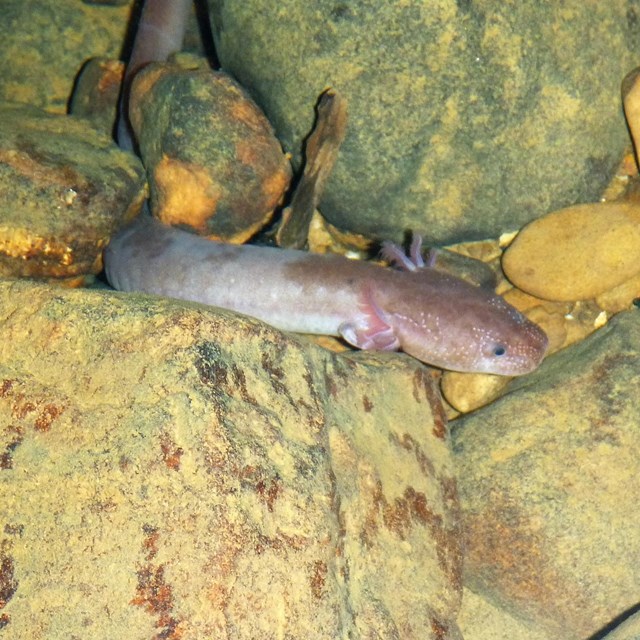 Cave Aquatic Biota Monitoring
Cave Aquatic Biota MonitoringCave Aquatic Biota are monitored at three parks in the Cumberland Piedmont Network including CUGA, MACA and RUCA.
-
 Cave Bats Monitoring
Cave Bats MonitoringCave bats are important to nutrient-poor cave ecosystems. They import organic material to support a specialized cave invertebrate community.
-
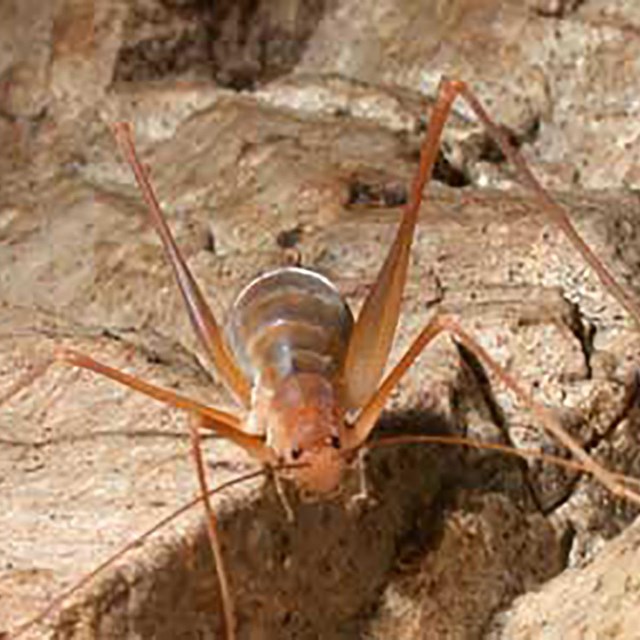 Cave Crickets Monitoring
Cave Crickets MonitoringCave crickets are important to subsurface ecosystems. Monitoring provides parks with early warnings of cave ecosystem health issues.
-
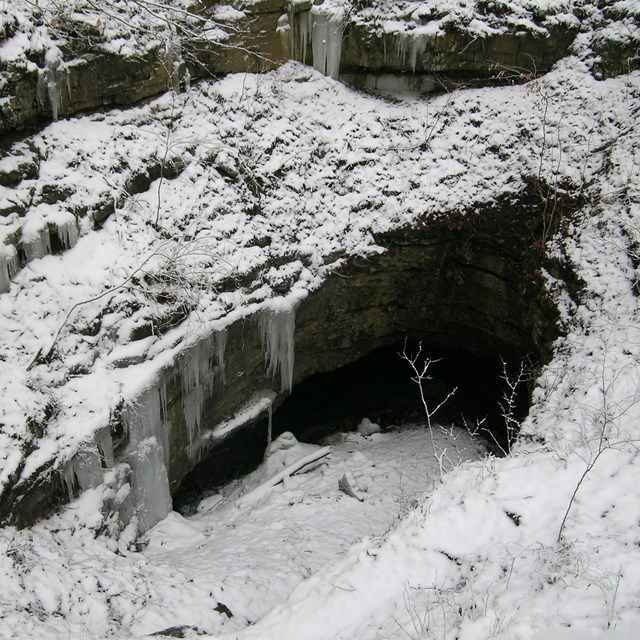 Cave Meteorology Monitoring
Cave Meteorology MonitoringAir temperature, relative humidity, and airflow are properties affecting both key species and biological communities in cave ecosystems.
-
 Invasive Species Monitoring
Invasive Species MonitoringInvasive species alter structure and composition of terrestrial and aquatic communities, and reduce overall species diversity.
-
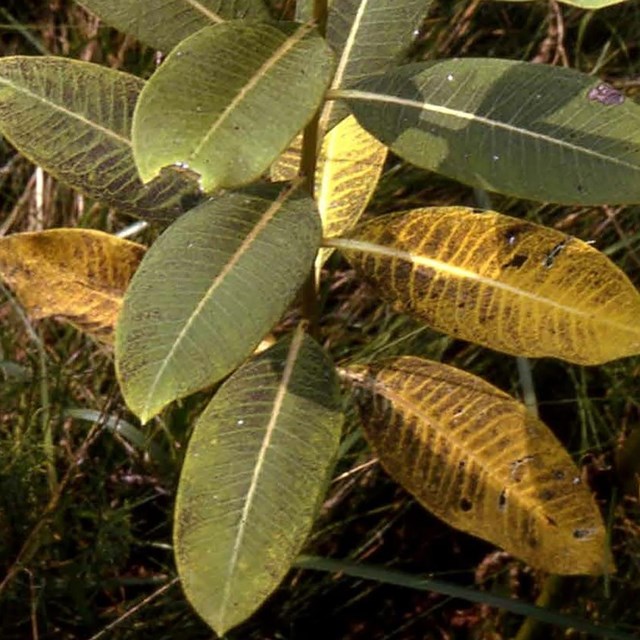 Ozone & Foliar Injury Monitoring
Ozone & Foliar Injury MonitoringOzone affects vegetation in national parks.Research shows some plants are sensitive to ozone, and injury occurs well below the NAAQS.
-
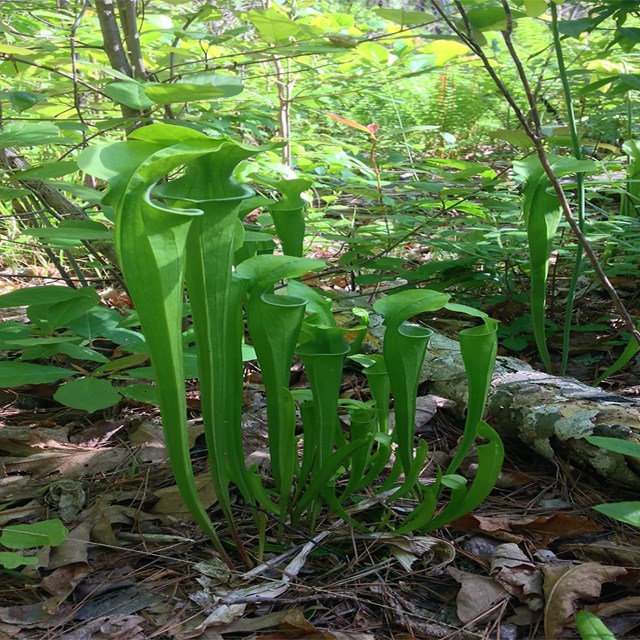 Forest Vegetation Monitoring
Forest Vegetation MonitoringPlant communities are fundamental elements of all parks. Using permanent plots, the network tracks their composition and condition over time
-
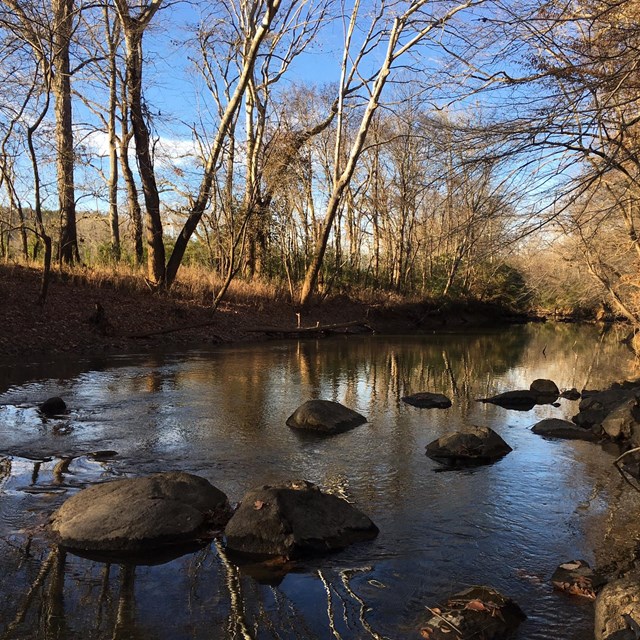 Water Quality & Quantity Monitoring
Water Quality & Quantity MonitoringThe network provides an integrated assessment of the spatial and temporal distribution of general water-quality conditions.
Last updated: August 17, 2018
